By a small pond, in a wood, on a parcel of land between Horsham and Worthing, the world is changing for the better.
The soil has been churned up by Tamworth pigs. Young oaks are pushing up through a thicket of thorny scrub. Exmoor ponies wandered past a moment ago, and now a small posse of longhorn cattle is following them.
Creatures that haven’t been seen in this part of England for decades or even centuries are happily making their homes here. And all around us, seeds are drifting about hither and yon, on the hooves of the pigs, the fur of the cattle, and in the beaks of birds flitting overhead.
Nature is running the show by this pond – and it might just save the world.
Meet the Knepp Wildland
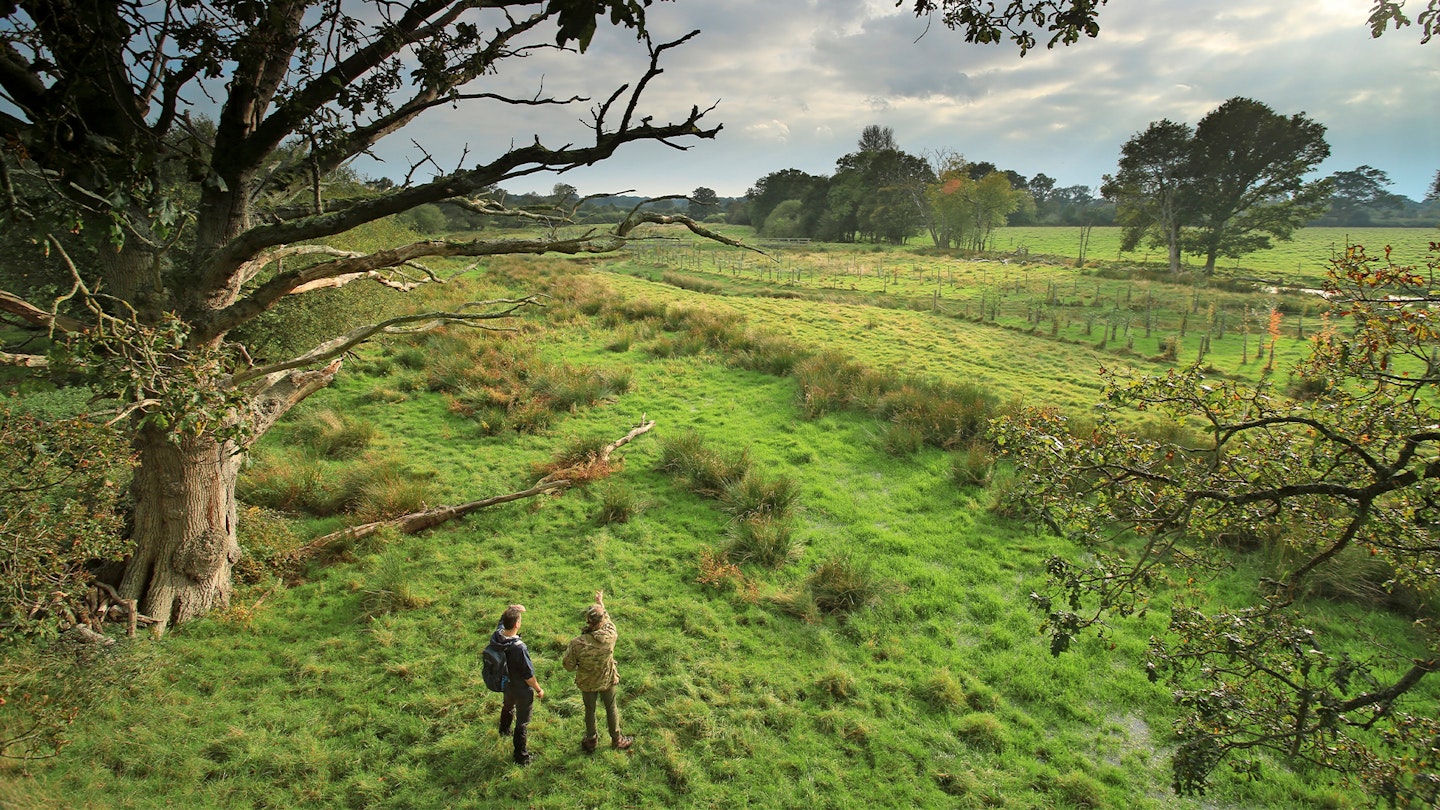
The Knepp Wildland, in the heart of the Sussex Weald, has made headlines across the globe. Its journey from ancestral seat to intensively-farmed pastureland to paradigm of rewilding has inspired many, freaked out some, and even outraged a few. LFTO is firmly among the fans.
At Knepp, 10th Baronet Sir Charles Burrell (‘Charlie’) and his wife Isabella Tree have undone the intensive farming practices that drove Britain’s post-war agricultural boom, and carefully given the 3,500-acre estate back to nature.
In a time when biodiversity is being lost across the world at a terrifying rate, Charlie and Isabella believe that what has been accomplished at Knepp could become a template for Britain, Europe and even the planet. Isabella told the story in her 2018 book Wilding: The Return of Nature to a British Farm, and it swiftly became a bestseller.
“Knepp is a small story, a tiny pinprick,” says Isabella.
“But what we have seen over the last 20 years is that it has big relevance and big repercussions. If we can show that we can increase biodiversity by even a fraction, here on severely depleted post-agricultural soil in the most congested part of south-east England, then surely it can work elsewhere too.”
Today you can visit Knepp on a safari tour and hear the story for yourself. LFTO’s guide is renowned wildlife photographer David Plummer. A good friend of Charlie and Isabella, David works on the estate as both photographer and tour guide in between other projects around the world. But at this time of year, he wouldn’t be anywhere else.
“I’ve vowed never to go away at this time of year because there’s so much happening here,” he says. “If I went off to shoot something in Costa Rica and missed something special here, I’d be gutted.”
Explaining the wildlife
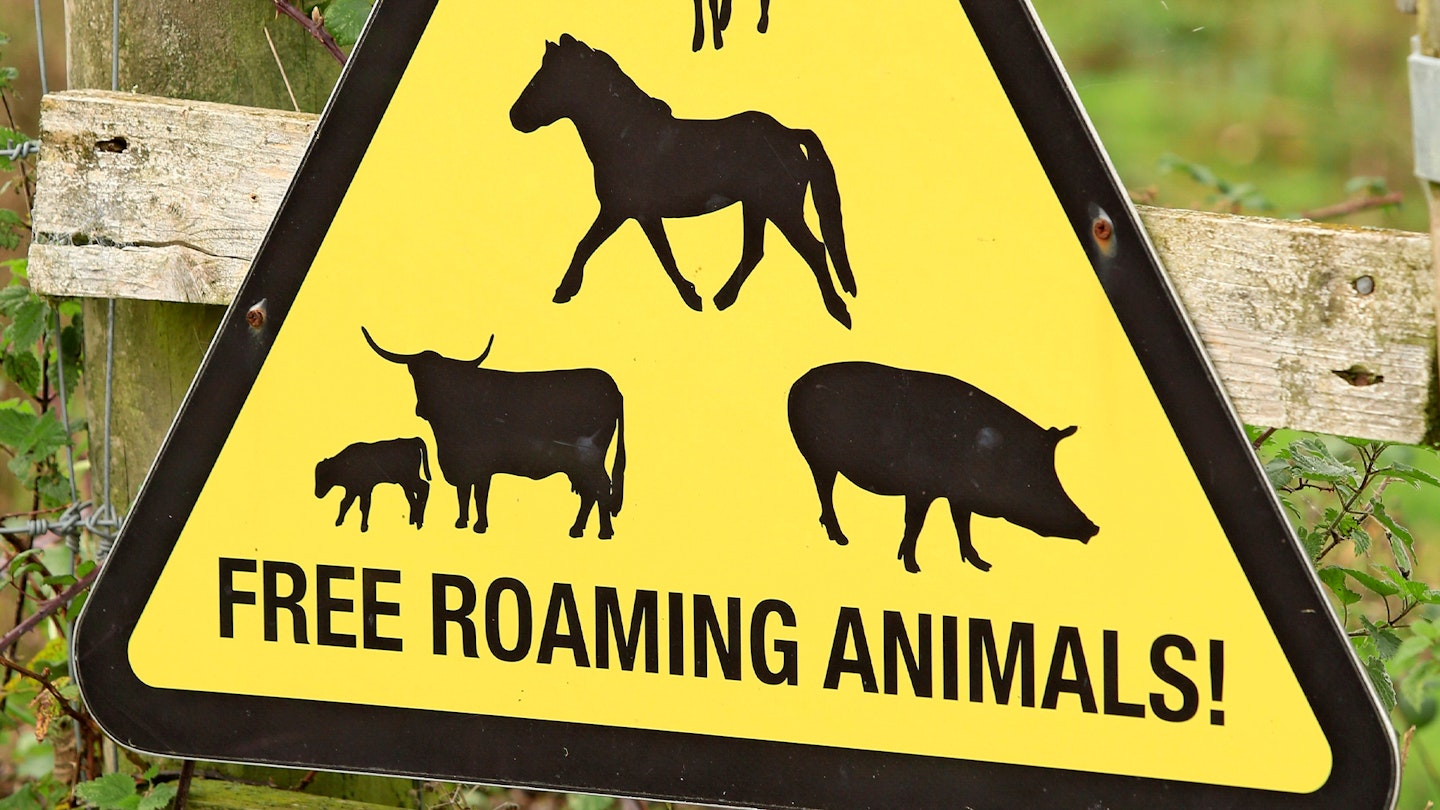
David’s encyclopaedic wildlife knowledge and devotion to the principles of what’s happening at Knepp make him the perfect guide. He has an unnerving talent for spotting wildlife and weaving it casually into his conversation.
Example:
“All the linear features are disappearing from the landscape – look, a red admiral – fences, hedgelines, straight tracks. Everything is blurry, messy, overlapping, which is exactly – stork! – what biodiversity needs. Hear that? Fallow stag. They snort like pigs.”
Plummer, going off on one
Right now he is introducing us to the twin building blocks of the project: thorny scrub and short, herb-rich turf. The messy tapestry of brambly hawthorn, blackthorn and dogrose provides food and shelter for every stratum of wildlife.
Mice and voles live in it, ponies and longhorns graze on it, birds flit amongst its berries. The turf, constantly turned over by cattle, continually regenerates itself and nourishes what’s above. And the crucial partner in the process, says David, is the jay.
“The jay carries acorns and pokes them into the soil on the edge of the brambles. And up come the oaks. Each clump of bramble provides an effective ‘tree-guard’, so that when a jay buries an acorn, it can grow through the scrub, fully protected.”
A single jay can plant 6,000 acorns in four weeks. As Isabella explains:
“We’ve never needed to go out with a spade and a wooden stake and plant saplings that might have come from anywhere and be full of pesticides or disease. Allow thorny scrub to flourish and the jays will do it all for you.”
Another masterstroke is the use of proxy species. In prehistory, our ecosystems would have been sustained by the movement and grazing of species which simply don’t exist now, like aurochs and tarpan. So instead of aurochs, Knepp has old English longhorn, and instead of tarpan, Exmoor ponies.
As well as reintroducing the crucial vectors for seeding, this is also helping to preserve their own species; the Exmoor pony is now rarer than the giant panda. And rather than competing for resources, the two species share perfectly: the ponies munch the tough grasses and thistles, clearing them out of the way for the softer, sweeter grasses that the cattle adore. That’s why the longhorns were following the ponies earlier.
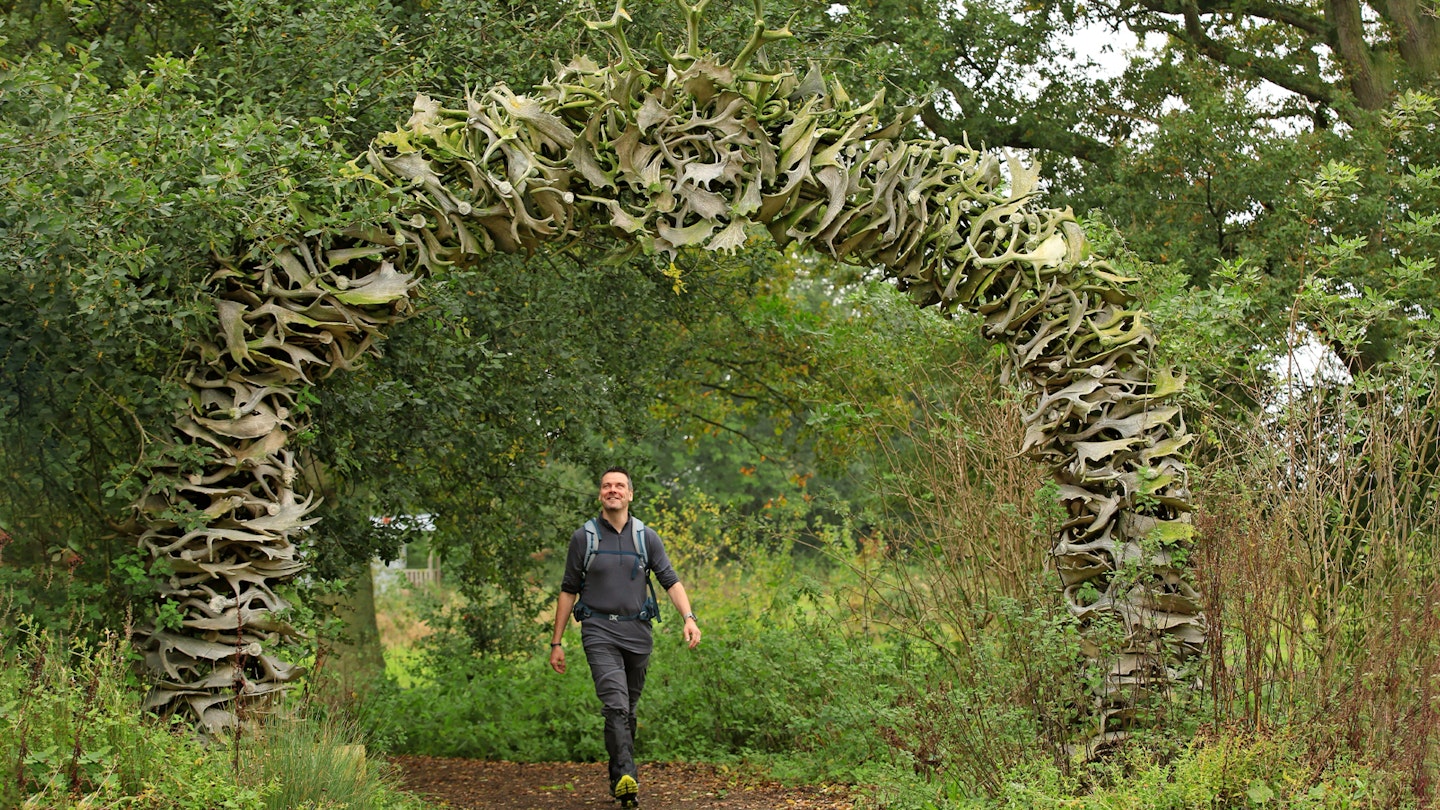
Another major spreader in times past was the wild boar. That still exists, but not in Sussex downland. The proxy species is Tamworth pigs, which do the same job of rootling through the hard Sussex clay and allowing seeds to penetrate deep and germinate with all the nourishment they need.
The pigs’ disruption of the soil also prevents invasive grasses from taking control, meaning a variety of plants can thrive. By Isabella’s own admission, soil is her obsession. It was partly the unyielding toughness of the Sussex soil which finally convinced the couple to give up farming in 2000.
“Clay on limestone is notoriously hard to farm into,” she explains.
“It bakes like concrete in summer, and in winter it’s just fathomless porridge. You can’t compete with other farms with richer soil. It took us 17 years to realise that.”
By contrast, when it’s trampled, rootled and mulched by pigs, ponies and longhorns, that same obstinate Sussex soil can sustain and renew itself, and nurture vegetation as well as any other.
A bird's eye view
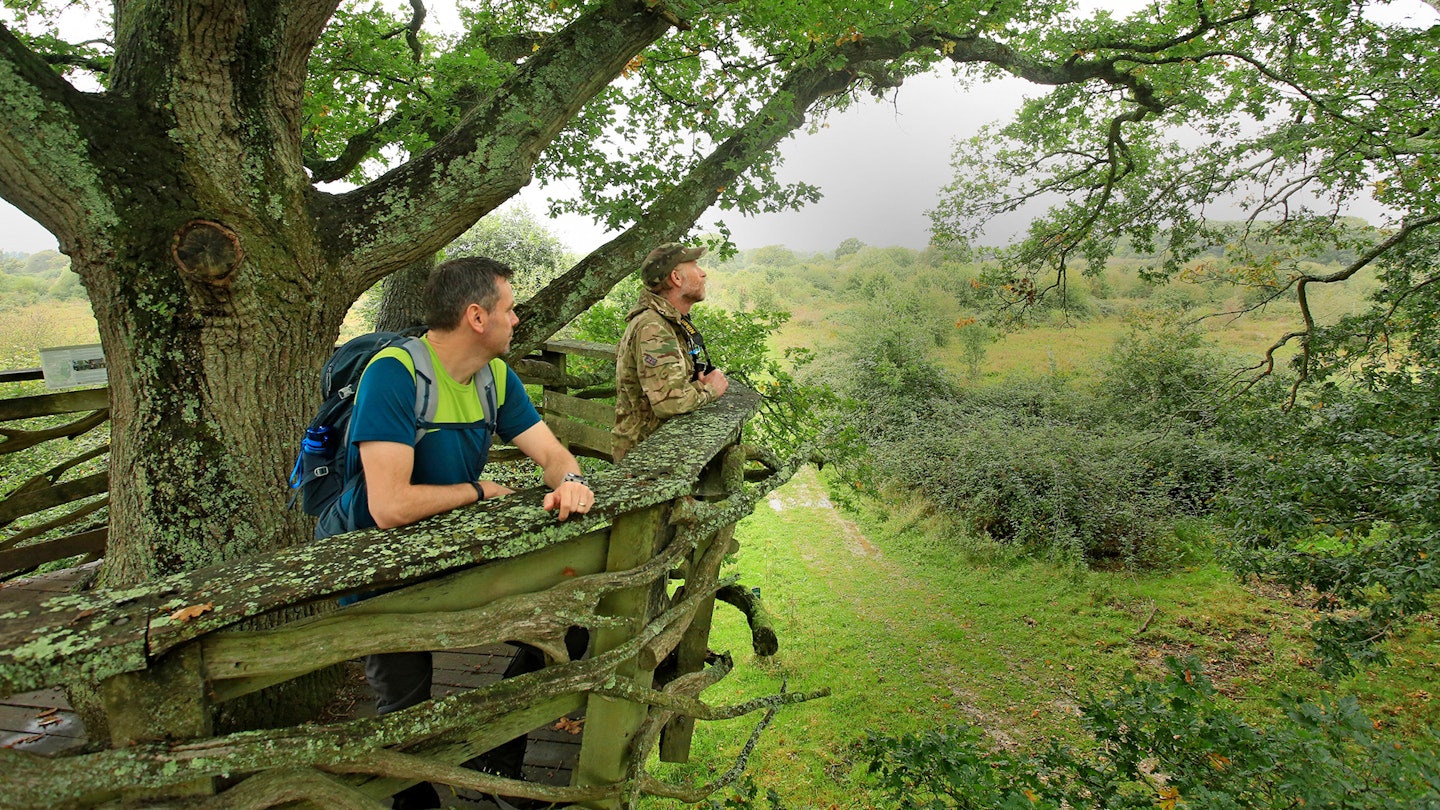
A little later, we’re standing on a wooden observation balcony wrapped round a tree, one of six on the estate. David points out a dead tree out by itself across the next wide and jumbly meadow. It’s full of white storks, reintroduced via Warsaw Zoo. It could easily be a sight from the savannah.
“Prior to the rewilding, you’d have to go back to the Civil War to see a stork here,” says David.
“The stork was more or less wiped out in England in the Civil War. One theory is, Parliamentarian soldiers killed them off because they were a Royalist symbol.”
We can also see antlers moving amongst the scrub. The estate has red, roe and fallow deer. In autumn, the rut is an incredible sensory experience, says Isabella. Almost every tree whiffs of scent glands and the air is thick with testosterone. The sound is terrifying: the bellowing, and the crack of antlers as competing males clash.
But David points out that there are softer sides to the deer, too.
“One thing you don’t always appreciate with deer is that they love to swim, but you see it here all the time,” says David. “Deer are riverine, they congregate by water. We have ponds and wallow holes and lags – a Sussex name for a drainage stream – and the deer love them. The red deer will go into the main lake and swim as a herd.”
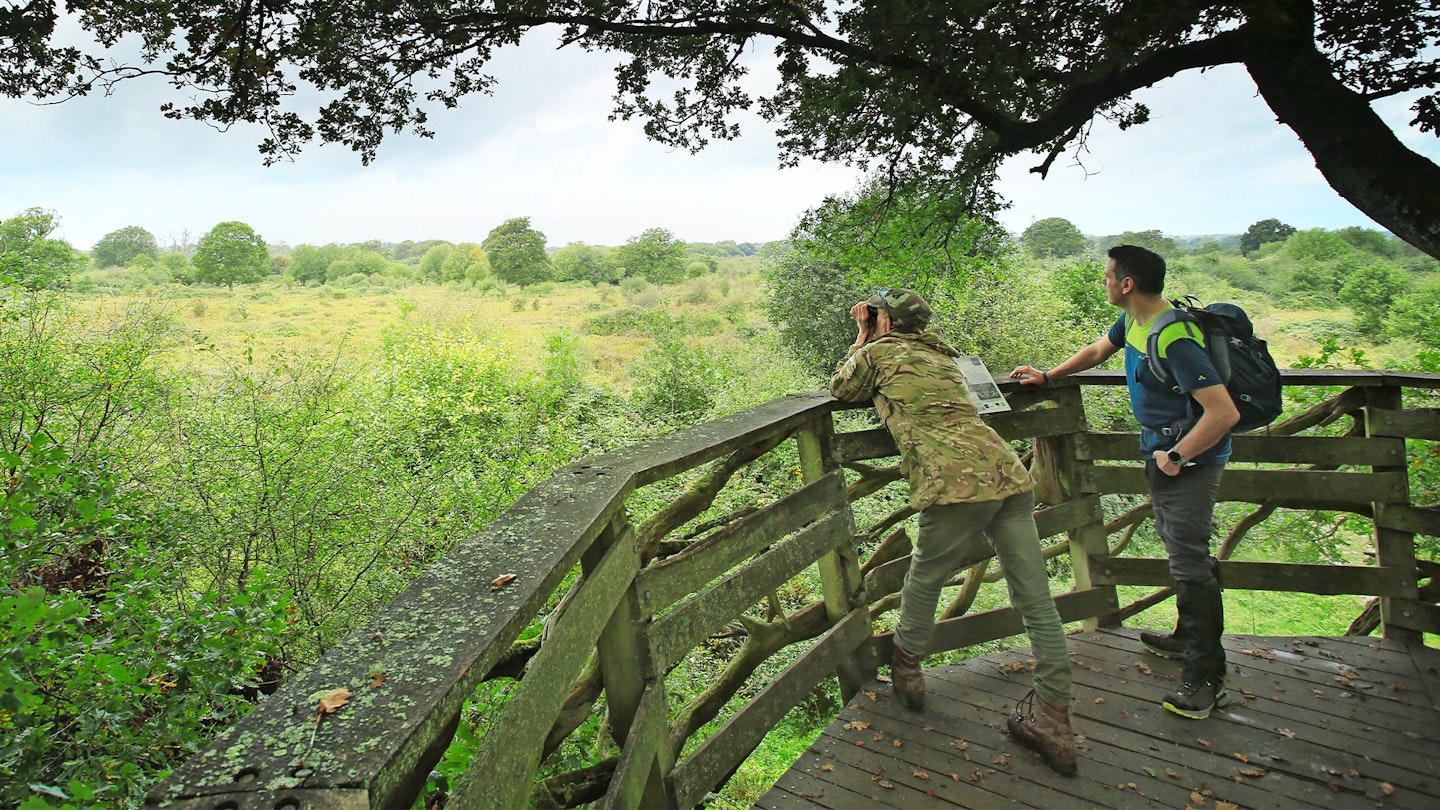
The pigs love the water too. Isabella describes seeing the Tamworths dive into the watercourses “like hippos” and emerge with swan mussels, which they prise open on the bank using their trotters.
The sheer range of species at Knepp is staggering. All five UK species of owl are here, as are 13 out of 17 UK bats, including the exceedingly rare Bechstein’s bat.
There are whitethroats and shrikes, ravens and nightingales. Even peregrines; they normally only settle in high eyries on cliffs, quarries or tall buildings, but at Knepp they nest in the trees because they simply feel safe here.
But despite all these species and their interactions, this isn’t just chaos. Aspects of the wilding are carefully managed. Reintroductions are meticulously chosen and timed, and cattle stocks are finely balanced. Too many and the foliage would get grazed down too far. Too few and it would expand into close-canopy woodland, limiting dynamism.
A balanced environment is a warzone
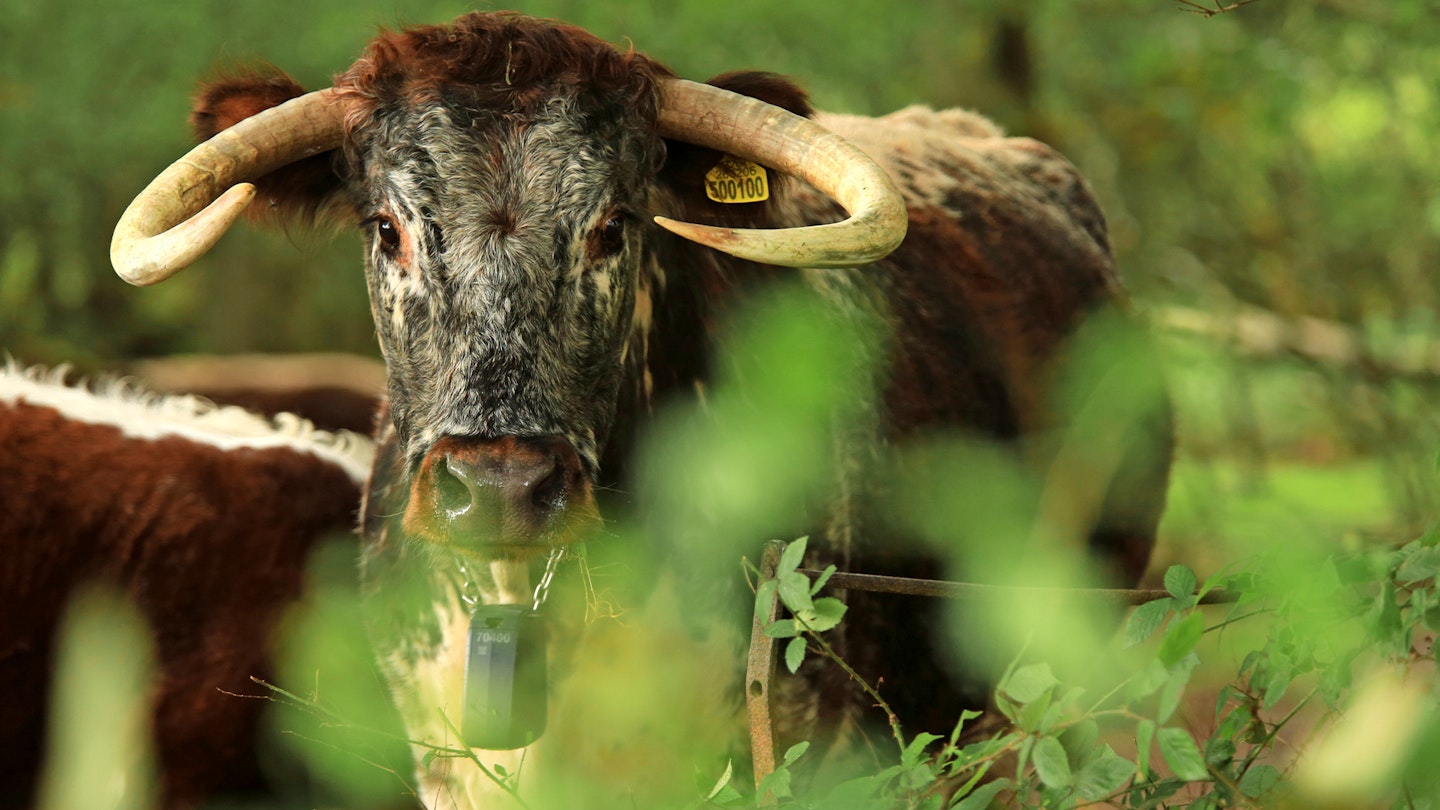
“You want a battle going on between the vegetation coming up and the animals competing for it, and you don’t want either side to win,” says Isabella. “That’s how you generate these ever-shifting messy margins and keep them healthy.”
Is there a better time to see that battle than right now? Possibly not. Every season at Knepp has some magic to it, but for Isabella, stepping out in spring and early summer brings the keenest reminder of the point of it all.
“It’s the leap of joy on a May or June morning when the landscape is thrumming and pulsing with life,” she says. “It truly is surround sound. You feel like you’re part of the complete picture. You’re where you belong.”
Our day with David ends at the ruins of the original Knepp Castle; the 13th century forbear of the much later home occupied by Charlie, Isabella and their family at the heart of the estate. Apart from the occasional Pinzgauer crawler used by the safari tours, the ruins are about the first physical sign of human handiwork we’ve seen all day. It’s a nice moment to think about the bigger messages coming from Knepp.
The hope is this idea could be writ large across our landscape, helping to bring us back from the brink of ecological catastrophe. Farmers and landowners visit Knepp for inspiration all the time; many are now pushing the button to start their own rewilding projects.
“There is no end point to this,” says David.
“It evolves and it shifts and it moves on. And the best part is, what’s happening is going to be totally new. It’s not going to look like Britain BC because of the different species and the way it’s being managed, and the human life around it.
“Yes they’ve looked to the past for inspiration. But hopefully when you look around, what you’re seeing could be the future.”
Plummer, waxing lyrical
Huge thanks to the Knepp Wildland (knepp.co.uk) for inviting us to spend the day on the estate.
You can discover more about David’s work on his website and we can also recommend his book, 7 Years of Camera Shake, which tells the story of how David created his best work after being diagnosed with Parkinson’s Disease.
How to walk at Knepp
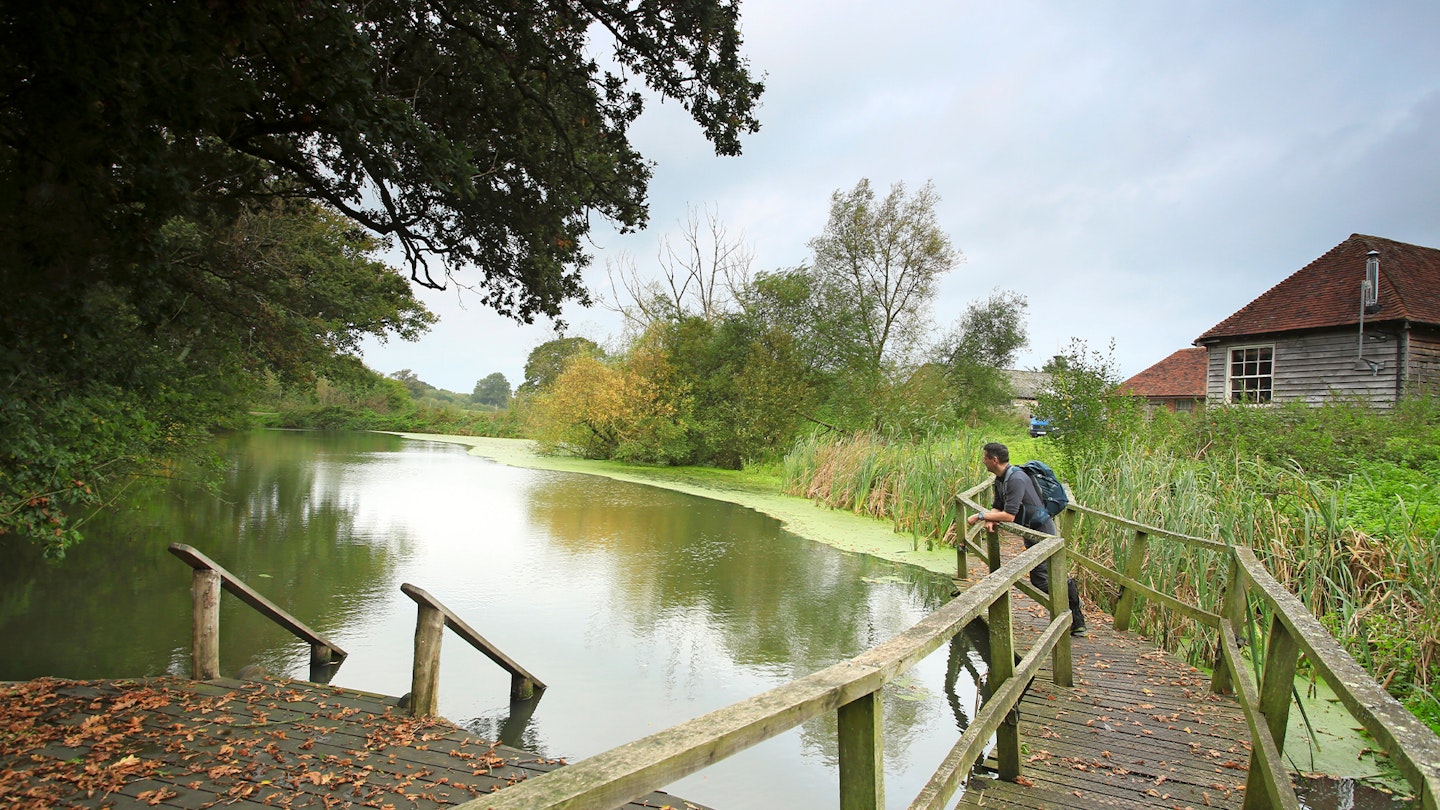
Several rights of way pass through the Knepp estate, and are thus open to all pedestrians. On the estate itself, a huge range of walking tours and safaris are available with expert guides. Prices range from £50 for half-day walking tours up to £60–£90 for tours dedicated to particular species or ecological themes. Group walking tours are available for £540 per group based on 12 visitors.
Where to eat, drink and stay
Knepp offers a range of options including camping, treehouses, yurts, bell tents, shepherd’s huts and a bothy. Sample prices include £140 per night (bothy), £365 per weekend (shepherd’s hut), £555 per weekend (treehouse) and £23pppn (camping).
There’s a shop and an outdoor coffee hut (The Stork) but no eat-in options. Nearby options include the Countryman Inn near Shipley (01403 741383) and the Crown Inn at Dial Post (01403 710902).
More information
The main Knepp website is packed with information (plus the full story of the project) and includes links to the Knepp Safaris website.
About the author
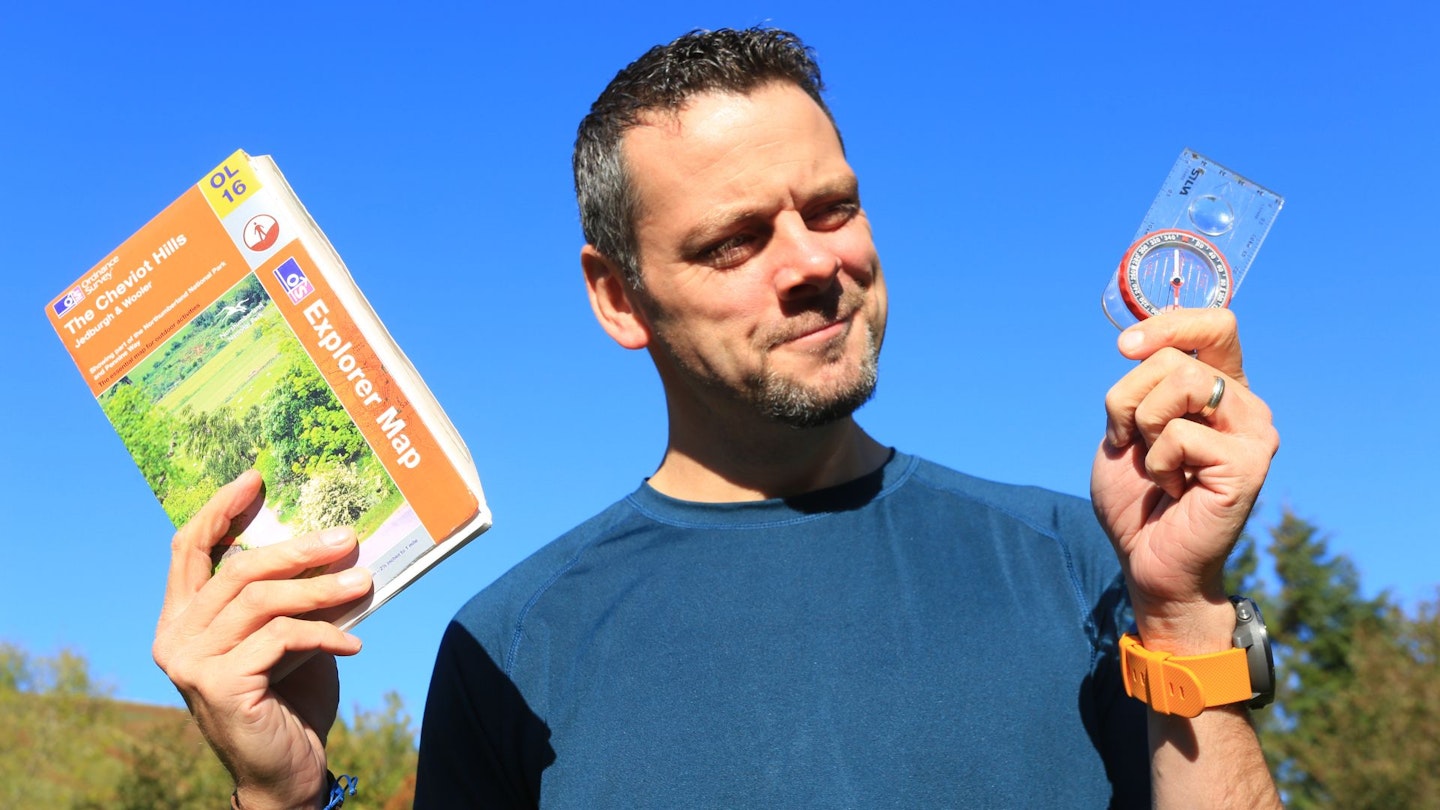
Nick Hallissey is a writer and editor with a passion for wild places, long walks and meaningful storytelling. A regular contributor to Country Walking and Trail magazines, he brings his love of the outdoors to Live for the Outdoors through features on everything from rewilding to epic hiking routes.
